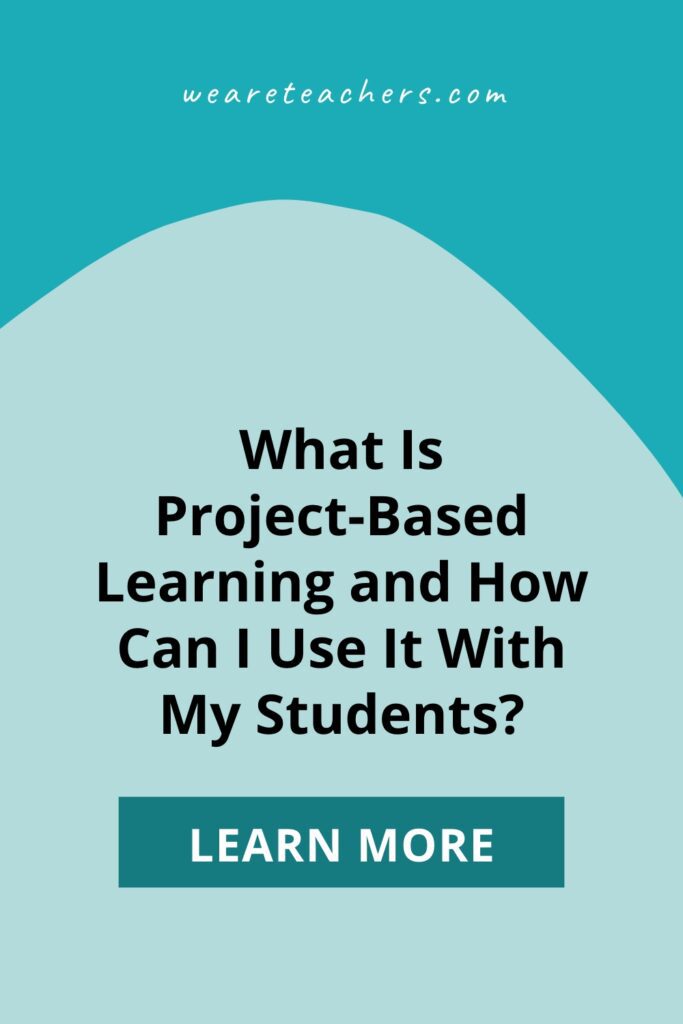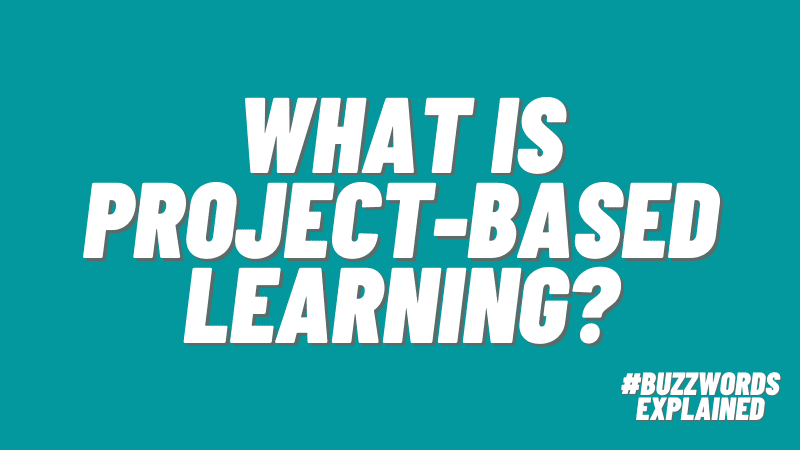In the last few years, project-based learning (PBL) has gained a lot of ground in education circles. As teachers push back against the grind of continuous standardized test prep they often feel stuck in, PBL offers a chance for meaningful hands-on experiences. But what exactly is project-based learning, and how does it work? Here’s an overview to get you started.
What is project-based learning?
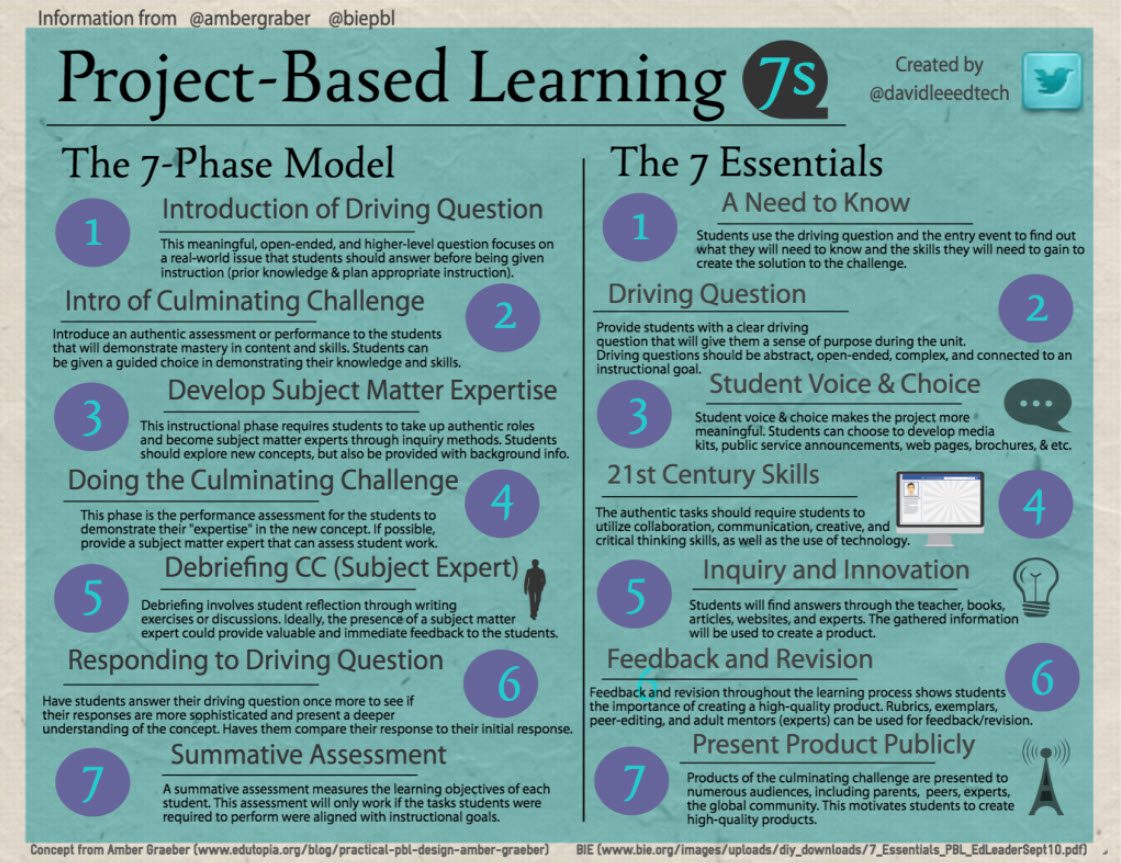
Source: David Lee EdTech
Project-based learning uses real-world projects and student-directed activities to build knowledge and skills. Kids choose a real-world issue that’s meaningful to them (some people call these “passion projects”), so they’re engaged in the process from the beginning. These projects are long-term, taking weeks, months, or even a full semester or school year. Students may complete them independently or in small groups.
In addition to knowledge and skills, PBL requires high-level skills like critical thinking, collaboration and communication, and problem-solving. As students conduct their hands-on projects, they dig deeper into the topic and make personal connections to the knowledge and skills they’re gaining. In many ways, PBL is more like the work adults do in their daily jobs, especially because students collaborate with others outside their school community. Their final results have a public audience and potential real-world impacts.
PBL vs. Traditional Projects
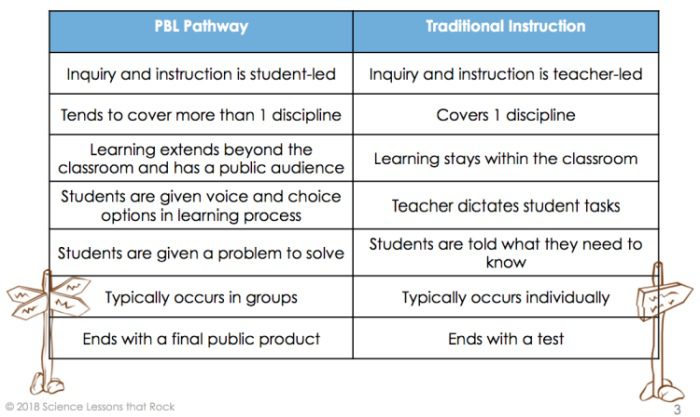
Source: Science Lessons That Rock
Kids work on plenty of projects in school: They create artwork, write research papers, develop presentations, and more. But in many cases, the final results are seen and evaluated only by the teacher, and possibly the rest of the class. The work they do may or may not have any potential real-world impact.
For example, in a history class, a teacher might assign students a semester-end project to show what they’ve learned. They can choose any topic that relates to the era being studied, and create a presentation, write a paper, make a video, etc. These types of projects don’t generally require kids to work with real-world partners and are usually only seen and graded by a teacher.
In project-based learning, the project itself is the major part of the course. The learning doesn’t come just from a teacher, it comes from the real-world experiences the student has throughout. These projects require skills from a variety of disciplines, and kids determine what they need to learn in order to succeed. Most importantly, they collaborate with real-world partners from the local or global community. Their final product or result is presented publicly, to a larger group than just their teacher or class.
Project-Based Learning Examples
Wondering what this looks like? Here are three real PBL examples that exemplify the concept. Looking for more? Find our big list of project-based learning ideas here.
- Kids Build a Playground: Think PBL is only for older students? These kindergarten students explored what kids really want and need in a playground, then worked with the community to turn an empty space into their dream play place.
- Soil Superheroes: These middle school students explored soil quality, then created and produced brochures to be distributed to the community at garden centers and other locations.
- Lending a Helping Hand: Students work to determine how they can best use $25 to invest in the community and help the most people. They convince investors to provide the money for their projects and help set them in motion.
What are the benefits of project-based learning?
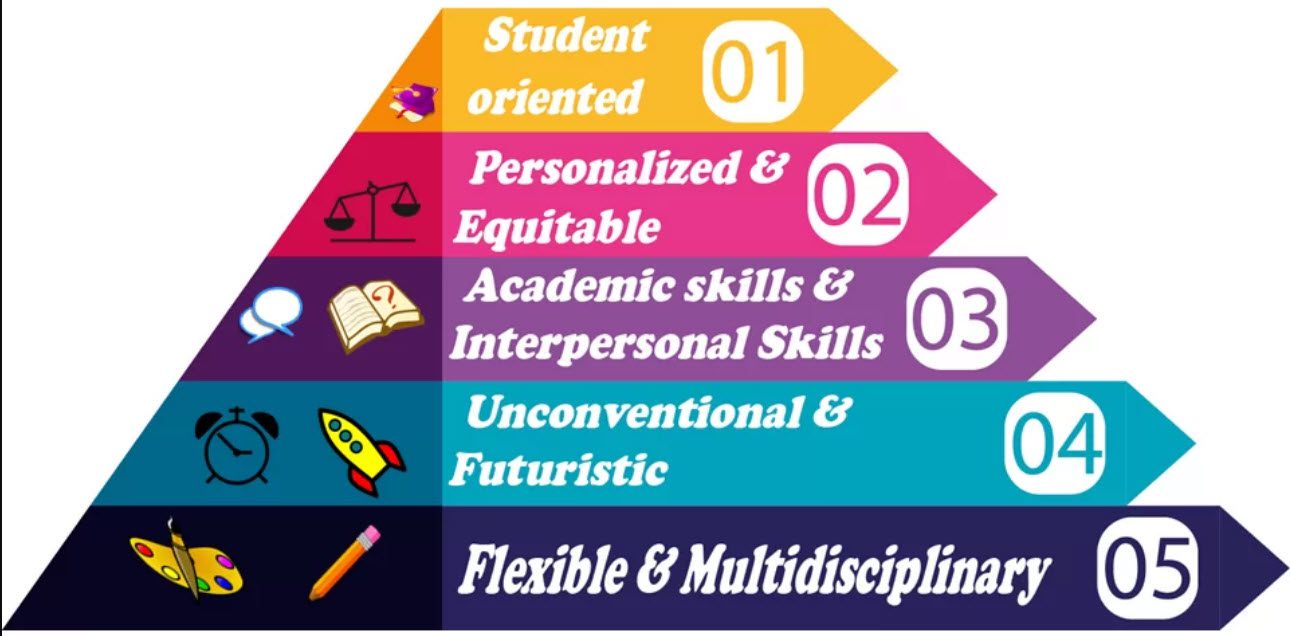
Source: Evelyn Learning
Many studies have been done on PBL, and researchers have identified numerous benefits. Educators who use it with their students also often sing its praises.
- Authentic learning: Students see the real-world applications of knowledge and skills, making them more eager to learn and more likely to retain that learning.
- Various learning styles: PBL requires kids to use a variety of learning styles, trying different methods to gain the knowledge they need to solve problems and achieve project goals.
- Engaged learners: When students pick the topic and direct the learning, their engagement levels often skyrocket. Setting and achieving hands-on goals that have real-world meaning is often much more satisfying than passing a test. (See one teacher’s incredible experience using project-based learning with alternative education students here.)
- High-level thinking: Project-based learning builds critical thinking skills by requiring students to evaluate and analyze problems, then find creative solutions that actually work.
- Improved communication: Students often need to reach out to professionals or community members to complete their project. They develop the types of communication skills they need in the real world. (Find out how PBL breaks down classroom walls here.)
- High-level collaboration: Whether they work in peer groups or on their own, kids work with others (including adults in the community) to gain skills, knowledge, resources, and more.
What are some common PBL challenges?
Project-based learning is very different from what most students are used to. Rather than following directions given by a teacher, kids must direct their own learning. This raises some definite challenges, but they’re not insurmountable. Here are some common pitfalls and tips for overcoming them.
Apathy or Indecision
When you tell kids that pretty much anything is on the table, that can feel overwhelming. Some students may have trouble narrowing down their interests, while others might tell you that they can’t think of anything they want to do. These students will need additional help brainstorming and cultivating their idea.
Time
Good PBL means allowing students the time they need to work on their projects. To allow every kid equal opportunities, that time shouldn’t only be after school or on the weekends. Teachers and schools who want to implement PBL must find time during the school day for students to focus on their projects and ask teachers for assistance as needed.
Quality
Since each student (or group) will have their own deliverables, assessing the quality of these achievements can be difficult. Rather than just grading a test or assessing a written paper, teachers need to find ways to judge the quality and depth of student learning.
Community Buy-In
Many PBL projects require assistance from the community, and students can sometimes have trouble finding good partners. An emphasis on solving problems that matter to the community can make it easier to find adults who are willing to step in and work closely with kids.
Independence
Most students are used to teacher-set goals and deadlines. They’re likely to need guidance in creating and sticking to a plan with measurable goals so they’ll be able to complete their project on time.
Getting Started With Project-Based Learning

Source: PBLWorks
If all of this sounds terrific but a little (or a lot!) overwhelming, don’t worry. PBL has become incredibly popular in schools, so there are a lot of resources out there to help you implement it.
Project-Based Learning Implementation Guide
This guide from Edutopia provides details on the six essential steps:
- Start With the Essential Question
- Design a Plan for the Project
- Create a Schedule
- Monitor the Students and the Progress of the Project
- Assess the Outcome
- Evaluate the Experience
The PBL Journey: A Free Guide for Teachers
PBLWorks, from the Buck Institute for Education, has lots of quality resources, including this free downloadable comprehensive guide. They also offer workshops, books, courses, videos, and more.
Framework for High-Quality Project-Based Learning
The Framework for High-Quality Project-Based Learning is based on the accumulated experience, wisdom, and research of hundreds of educators. It describes six criteria, each of which must be at least minimally present in a project in order for it to be judged “high quality.”
Youth Service America’s Service-Learning Projects
Many service-learning projects make terrific PBL choices. Youth Service America (YSA) has tool kits to help develop projects that take a semester, a month, or even just a week.
Have more questions about project-based learning? Ask for advice and share your ideas in the WeAreTeachers HELPLINE group on Facebook.
Plus, 25+ Meaningful Service-Learning Projects for Kids and Teens.
